Elon Musk, the influential CEO of Tesla and SpaceX, issued a stark warning on April 26, 2025, about the future of crewed military aircraft, declaring that they “will be destroyed instantly by cheap drone swarms.” This statement, posted on X, comes amid growing scrutiny of the F-35 fighter jet program, which has faced significant criticism for its ballooning costs and persistent technical failures. Musk’s warning highlights a pivotal shift in military technology, with profound implications for defense strategies and the Drone Industry, as reported by Laura Loomer on X.
The F-35 Program: A Troubled Legacy
The F-35 program, managed by Lockheed Martin, has long been a lightning rod for controversy. According to reports from Inside Defense and Air & Space Forces Magazine, the program has shown “no improvement” in software development and testing, with critical systems lagging behind schedule. The Pentagon’s assessments confirm that these jets are not combat-ready, yet they continue to be deployed as if fully operational. The War Zone further revealed that the F-35C’s radar-absorbent skin deteriorates after just months at sea, rendering these multi-million-dollar jets less effective, as noted in their detailed analysis.
The financial burden is staggering. The program’s lifetime cost has ballooned to $2 trillion—equivalent to €1.85 trillion at current exchange rates. Lockheed Martin’s CEO, Jim Taiclet, reportedly earned $928,000 (€860,000) in jet-related expenses last year alone, according to the company’s 2025 Proxy Statement. Critics argue that such expenditures, coupled with the jets’ deficiencies, represent a betrayal of American taxpayers and a risk to national security.
Musk’s Warning: The Rise of Drone Swarms
Musk’s statement underscores a transformative trend in military technology: the rise of autonomous drone swarms. These systems, often comprising hundreds or thousands of small, inexpensive drones, can overwhelm traditional aircraft through sheer numbers and coordinated tactics. Unlike crewed jets, which require extensive maintenance, training, and infrastructure, drone swarms are cost-effective and scalable. A single F-35 costs approximately $80 million (€74 million), while a swarm of 1,000 drones might be deployed for a fraction of that price, leveraging mass production and modular design.
The technical advantage of drone swarms lies in their ability to execute complex maneuvers via Artificial Intelligence. Advanced algorithms enable real-time coordination, allowing swarms to target vulnerabilities in larger aircraft, such as radar systems or engines. Moreover, their small size—often under 1 meter (3.3 feet) in length—makes them difficult to detect and counter with conventional defenses. Musk’s warning aligns with emerging military doctrines that prioritize unmanned systems, as evidenced by the U.S. Department of Defense‘s increasing investment in Drone Technology, which reached $4.5 billion (€4.2 billion) in 2024.
Industry and Regulatory Implications
The shift toward drone swarms poses significant challenges for the defense industry. Lockheed Martin, Boeing, and other traditional manufacturers face pressure to pivot from crewed aircraft to unmanned systems. This transition requires retooling production lines, retraining workforces, and rethinking supply chains—a process that could take years and cost billions. Smaller, agile companies specializing in drone technology, such as Anduril and Aerovironment, are likely to gain market share, capitalizing on their expertise in AI-driven systems.
Regulatory frameworks must also evolve. Current U.S. Federal Aviation Administration (FAA) rules restrict drone operations over populated areas and limit swarm deployments due to safety concerns. However, military applications often bypass such restrictions, raising ethical questions about autonomous weapons. International treaties, like the United Nations’ Convention on Certain Conventional Weapons, are grappling with how to regulate “lethal autonomous weapons systems,” but progress remains slow. The potential for drone swarms to destabilize global security, particularly if acquired by non-state actors, demands urgent attention.
DroneXL’s Take: A Paradigm Shift We Can’t Ignore
Musk’s warning is a clarion call for the drone industry to accelerate innovation while addressing ethical and regulatory challenges. The F-35’s failures highlight the inefficiencies of legacy defense programs, but drone swarms are not a panacea. Their proliferation could escalate conflicts, as adversaries race to develop countermeasures like electromagnetic pulse weapons or advanced anti-drone nets. For drone professionals and recreational pilots, this shift underscores the need for robust cybersecurity standards, as swarms rely heavily on networked communication. The future of aerial combat is unmanned, but ensuring that future is safe and stable requires foresight and accountability.
Photo courtesy of Lockheed Martin
Discover more from DroneXL.co
Subscribe to get the latest posts sent to your email.
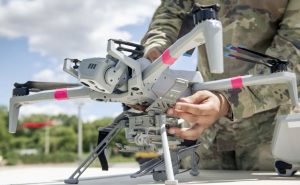


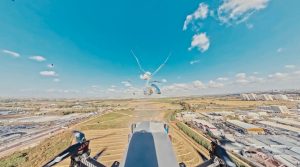


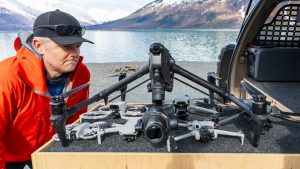
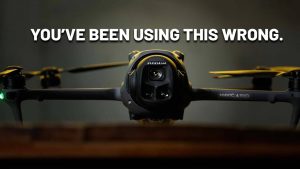


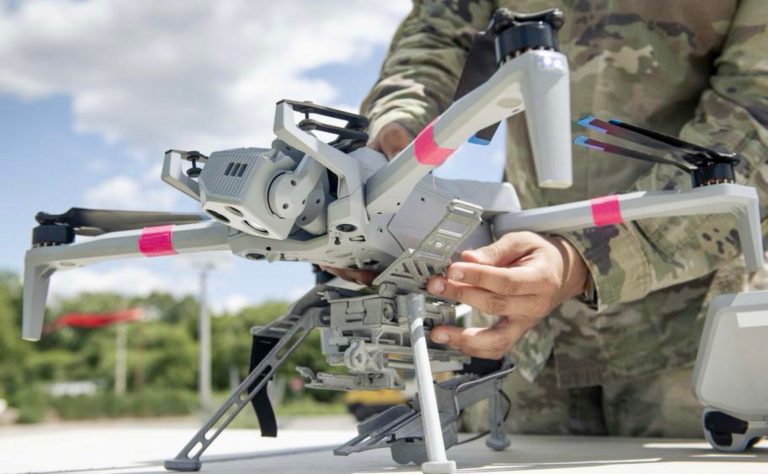


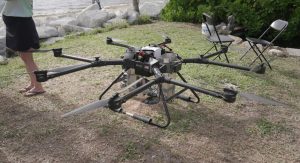




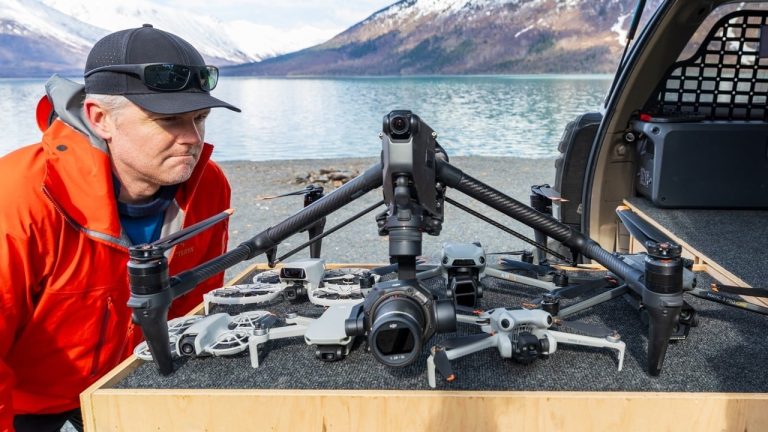
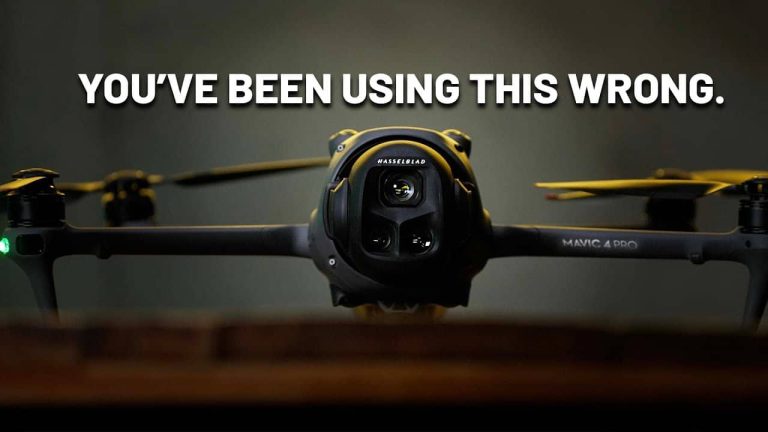
+ There are no comments
Add yours